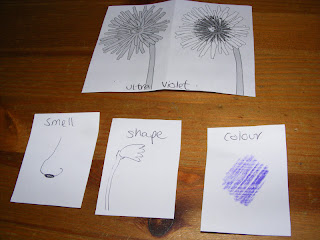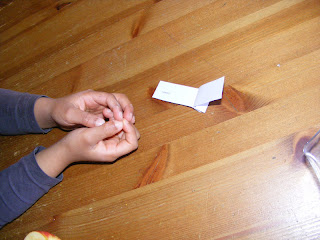I'll be honest - I came into this review biased as I LOVE The Critical Thinking Company and this was no exception. Anything to stretch their minds and encourage new ways of thinking gets a big thumbs up from me : )
Inference Jones: Beginnings is a workbook, aimed at 3rd & 4th grade, to teach children how to analyse information (they also sell another book aimed at 5th & 6th grade). It really makes you interpret and think about the higher level content, the cause/effect and encourages you to draw your own conclusions.
The activities encourage reading comprehension as well as literary analysis. Topics covered include: analysing character traits, identifying a theme, identifying settings, sequencing events, distinguishing fact vs inferred details and reading for detail.
The book consists of 18 activities - a short story (approximately 20 sentences) and an average of 10 questions. Some questions require you to consider what is explicitly stated (true, false and unknown) other questions ask you to 'infer' and give a reason why you think that.
The girls thoroughly enjoyed the activities and I loved that there was no teacher preparation required (bar printing) - the book is even perforated for easy copying and comes complete with an answer key.
I received a pdf version but you can buy the Inference Jones: Beginnings book for $11.99
You can read what my crew mates thought of the Inference Jones and other products from Critical Thinking Company here.
Disclaimer: I received a free pdf version in exchange for an open and honest review.



















































